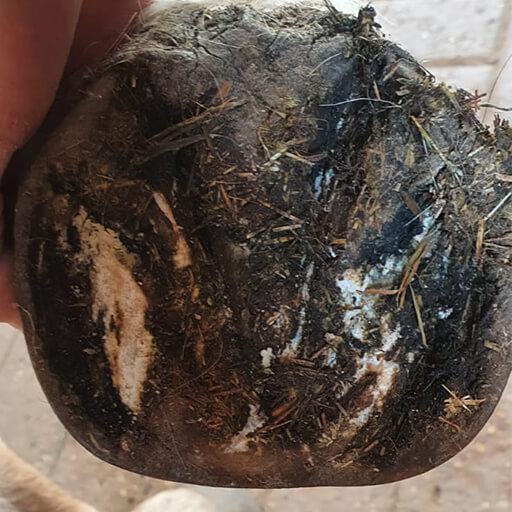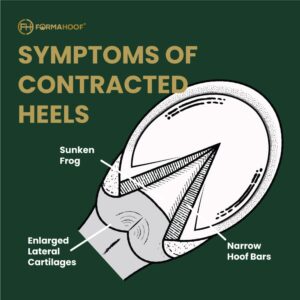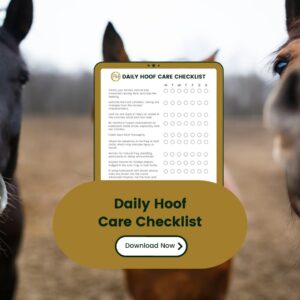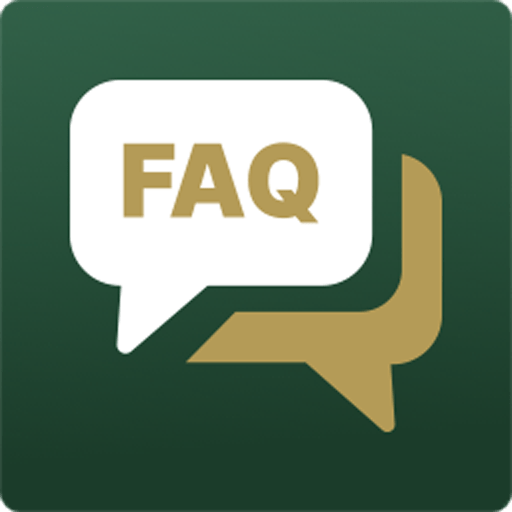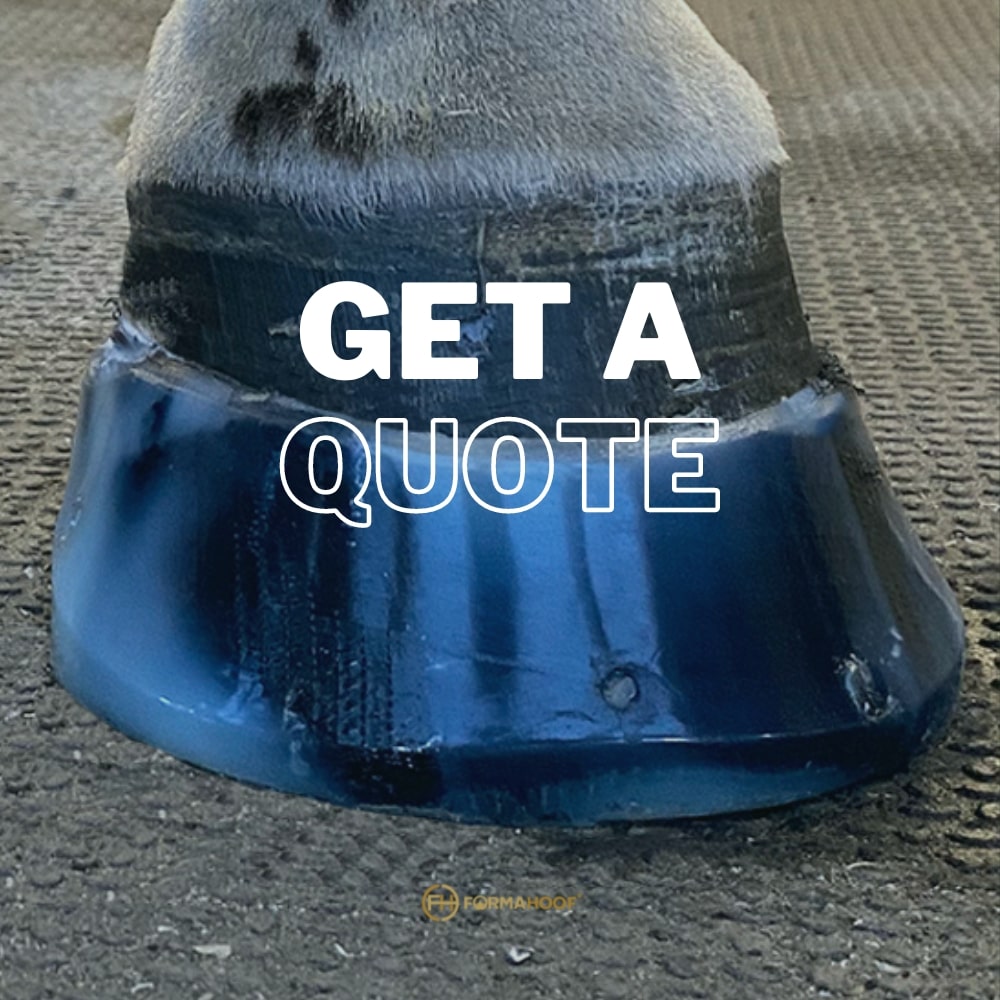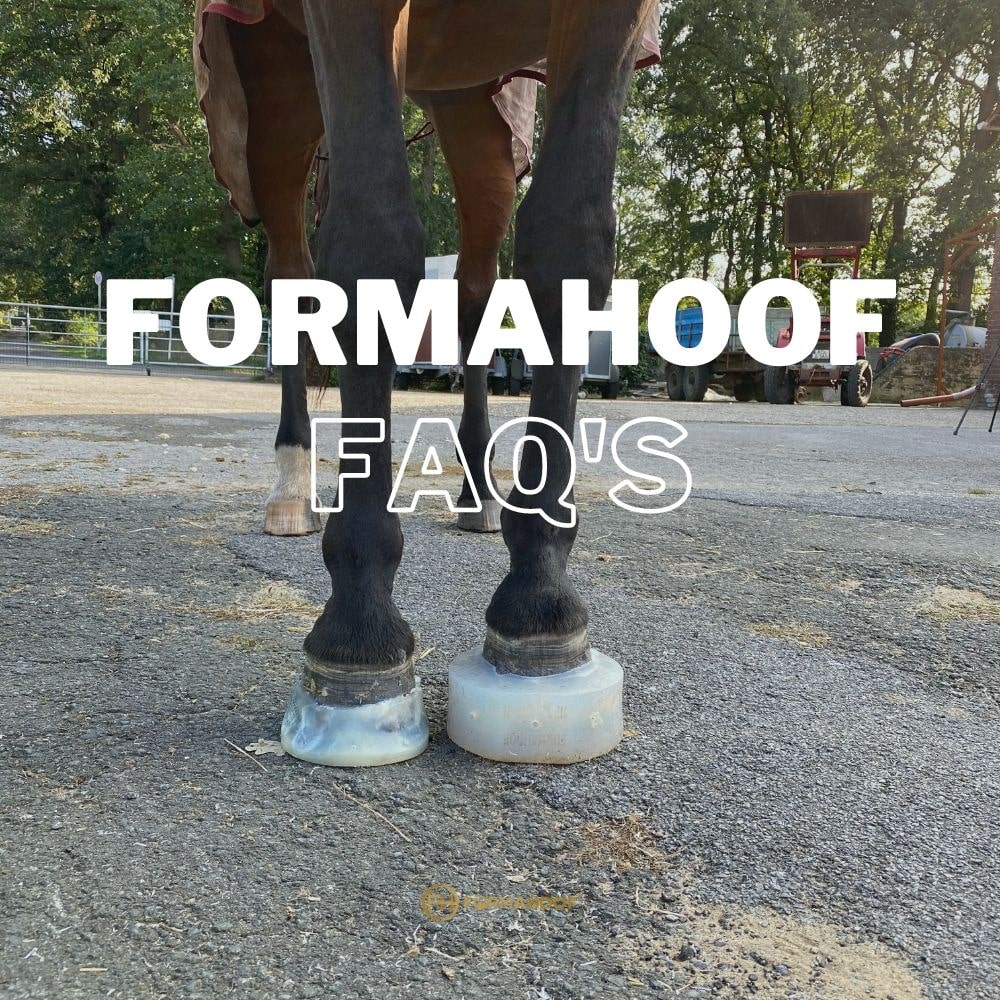The Story of Mounty: A Testament to Compassionate Care and Innovation
In the lush meadows of retirement, a 20-year-old Welsh Section A Pony, Mounty, encountered a formidable obstacle: chronic laminitis, further complicated by Pituitary Pars Intermedia Dysfunction (PPID).
Hero in Equine Care: FormaHoof
Upon diagnosis through comprehensive x-rays revealing coffin bone changes characteristic of laminitis, a trio of hope convened: Mounty’s owner, his veterinarian, and FCA Aletia Reilingh. The unanimous solution? Utilizing FormaHoof to comfort horses with PPID, like Mounty, aiming to furnish him not merely survival but quality living.
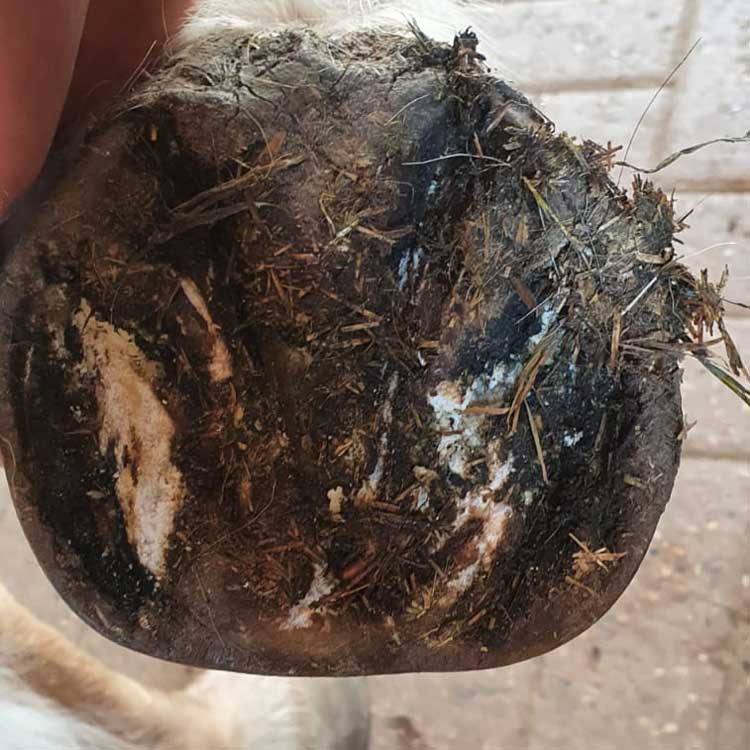

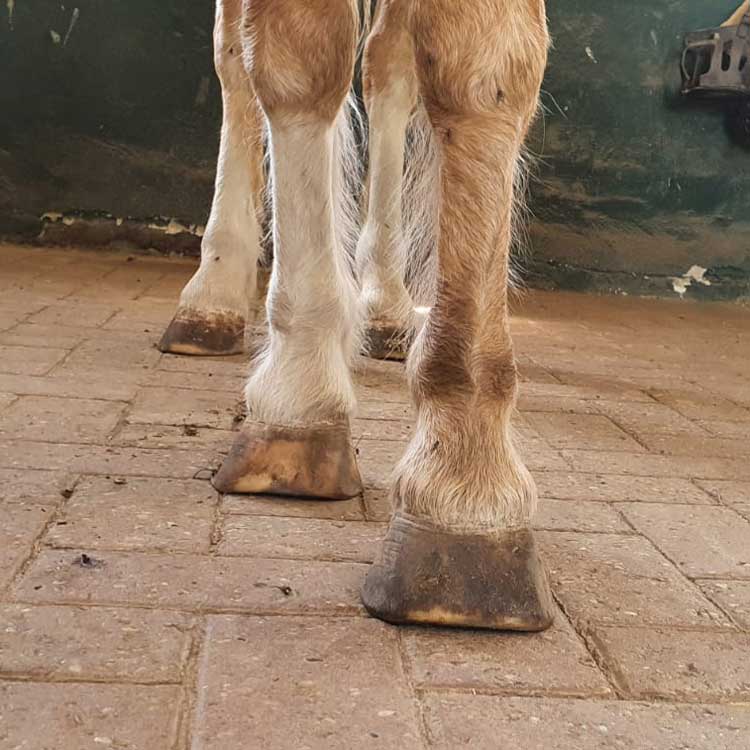
A Glimpse into FormaHoof’s Impact: Real-time Results
Immediately post-application, the change was stark. “The results with FormaHoof were remarkable, with the pony instantly returning to near full soundness, especially on hard surfaces” shares the care team.
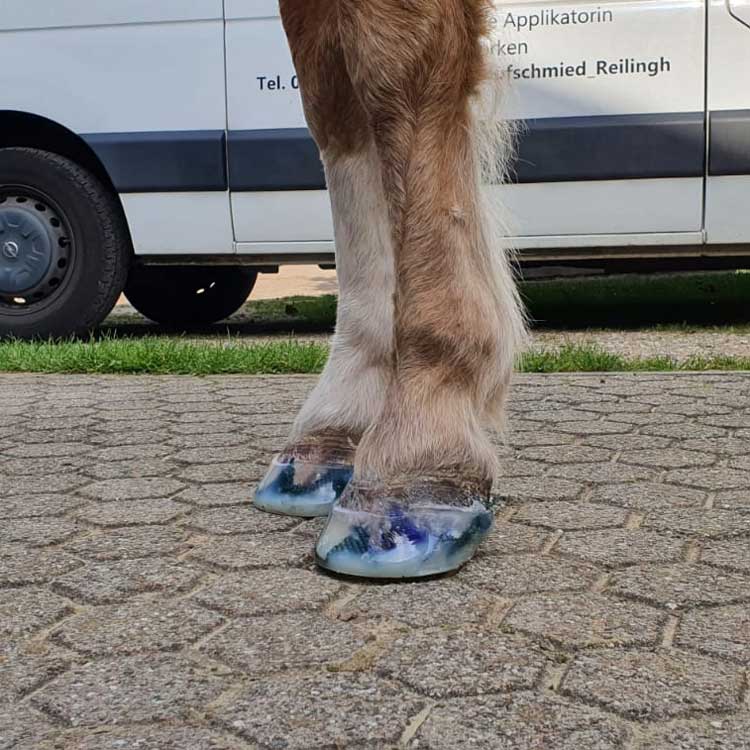

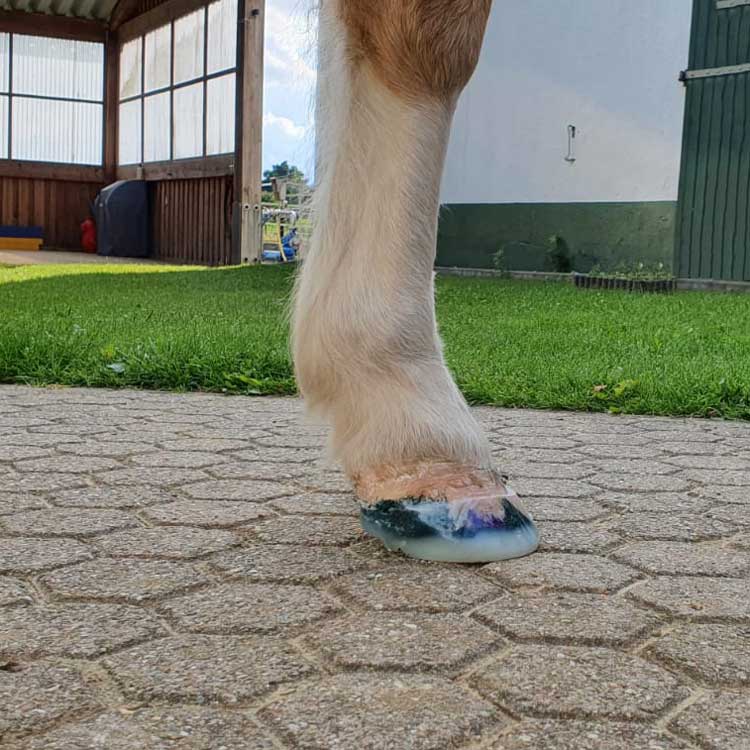
6 Weeks of Progress
Six weeks later, the progress was palpable: less lameness, effortless movement across diverse terrains, and an enabled participation in activities.
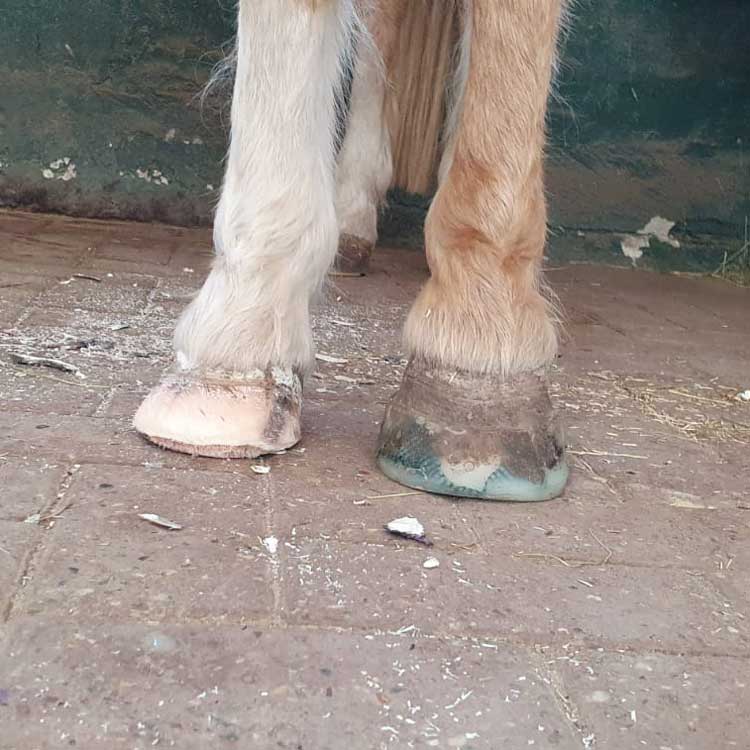
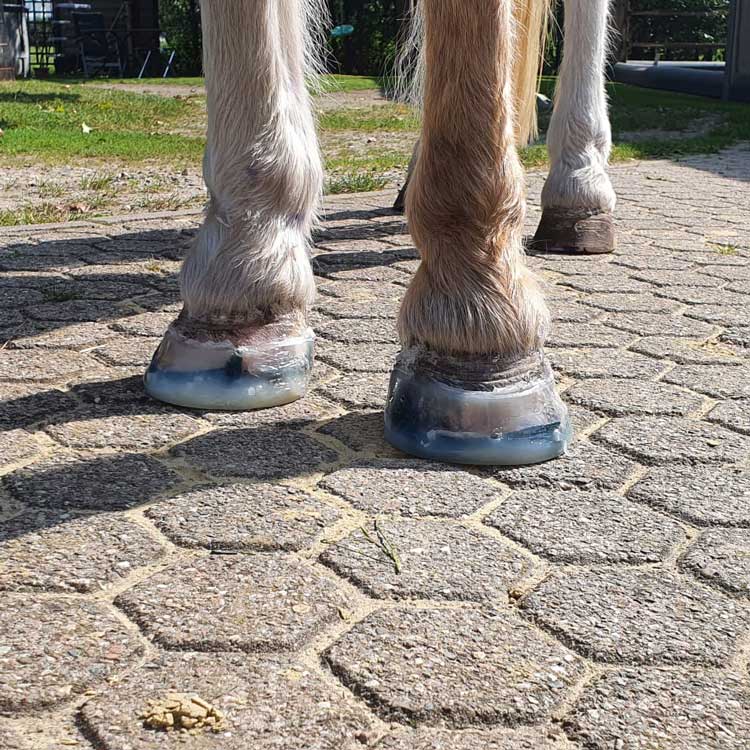

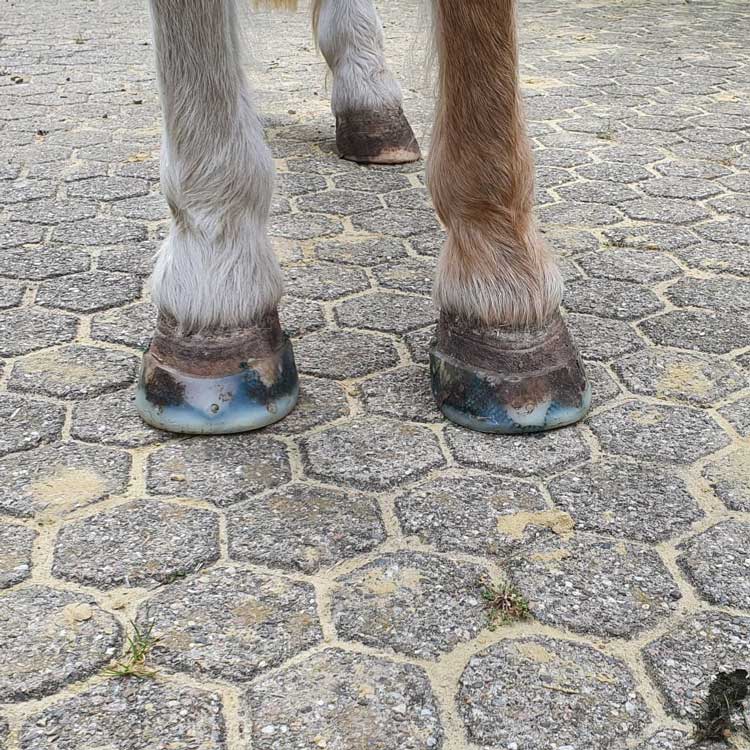
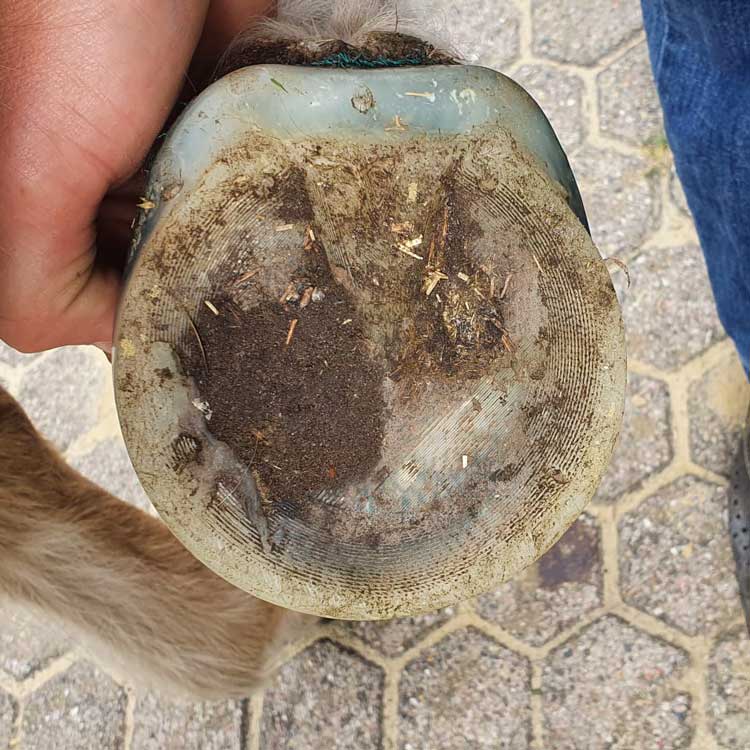
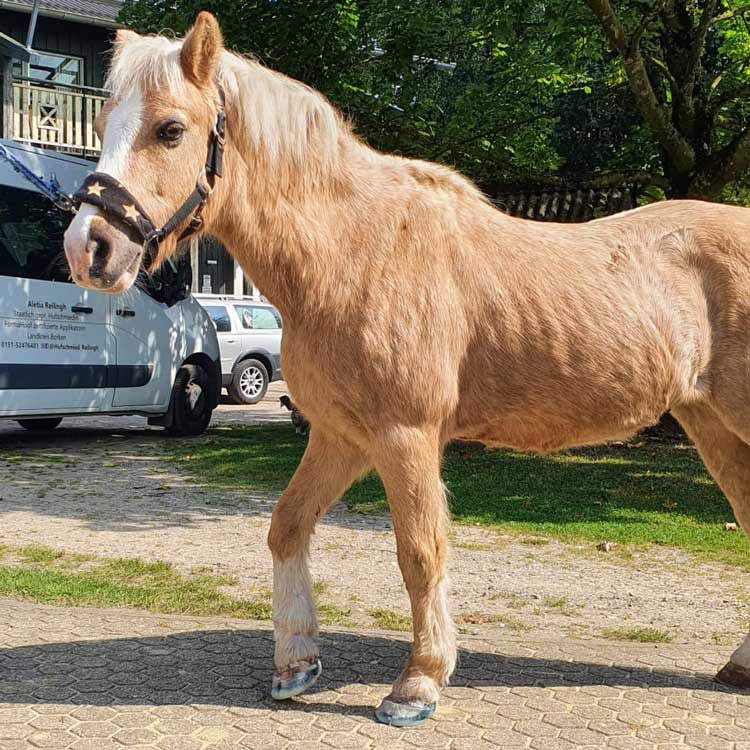
Demystifying PPID: An Indispensable Insight for Equine Enthusiasts
Understanding PPID, or equine Cushing’s syndrome, is pivotal for facilitating comfort to horses grappling with it. This endocrine disorder, pervading over 20% of aged equines, derives from abnormal pituitary gland functioning, liberating excess ACTH hormone, and is notoriously associated with laminitis.
Linking Cushing’s and Laminitis
While not directly correlated, a startling 50% of horses with Cushing’s contend with laminitis, signifying a conspicuous association between insulin irregularities and hoof inflammation.
Relief in PPID Management
FormaHoof’s innovation is more than a product – it’s a mission. A mission to encapsulate damaged hooves, offering immediate protection and solace to the internal structures and thus making substantial strides in comforting horses with PPID.
PPID Demographics: Who’s at Risk?
While commonly emerging in senior horses, PPID does not discriminate by age or breed, albeit obesity-prone breeds are potentially more susceptible due to predispositions to equine metabolic syndrome (EMS).
The Management and Treatment of Cushing’s in Horses
Although cure-less, Cushing’s can be managed with committed, multidimensional care encompassing medical, nutritional, and additional supportive interventions, such as FormaHoof.
Recognizing Early Signs of PPID:
- Decreased athletic performance
- Behavioral changes
- Abnormal fat patches
- Topline deterioration
- Infertility
- Laminitis
A Hopeful Update: Mounty’s Continuing Journey
We received an update – a heartening snapshot of Mounty, basking in the serenity of his turnout, embodying the living proof of how strategically chosen, compassionate care, such as that afforded by FormaHoof, can fundamentally transform the lives of horses confronting PPID and laminitis.
Through a lens of empathy and armed with breakthroughs like FormaHoof, the equine world is evolving, providing substantial support to comfort horses with PPID. The case of Mounty serves not just as an anecdote of successful management but as a beacon for what possibilities lie ahead in combining traditional care with avant-garde innovations.

